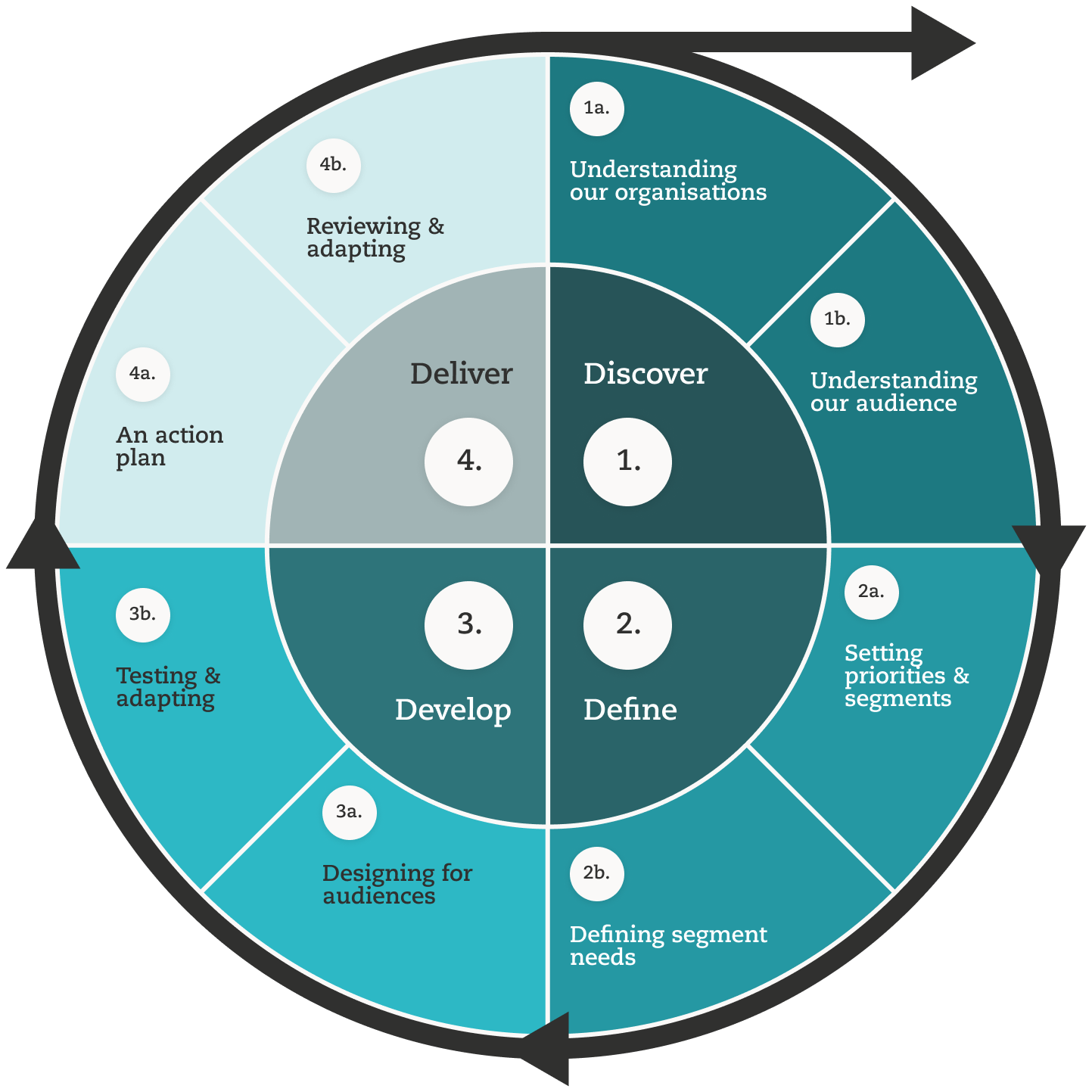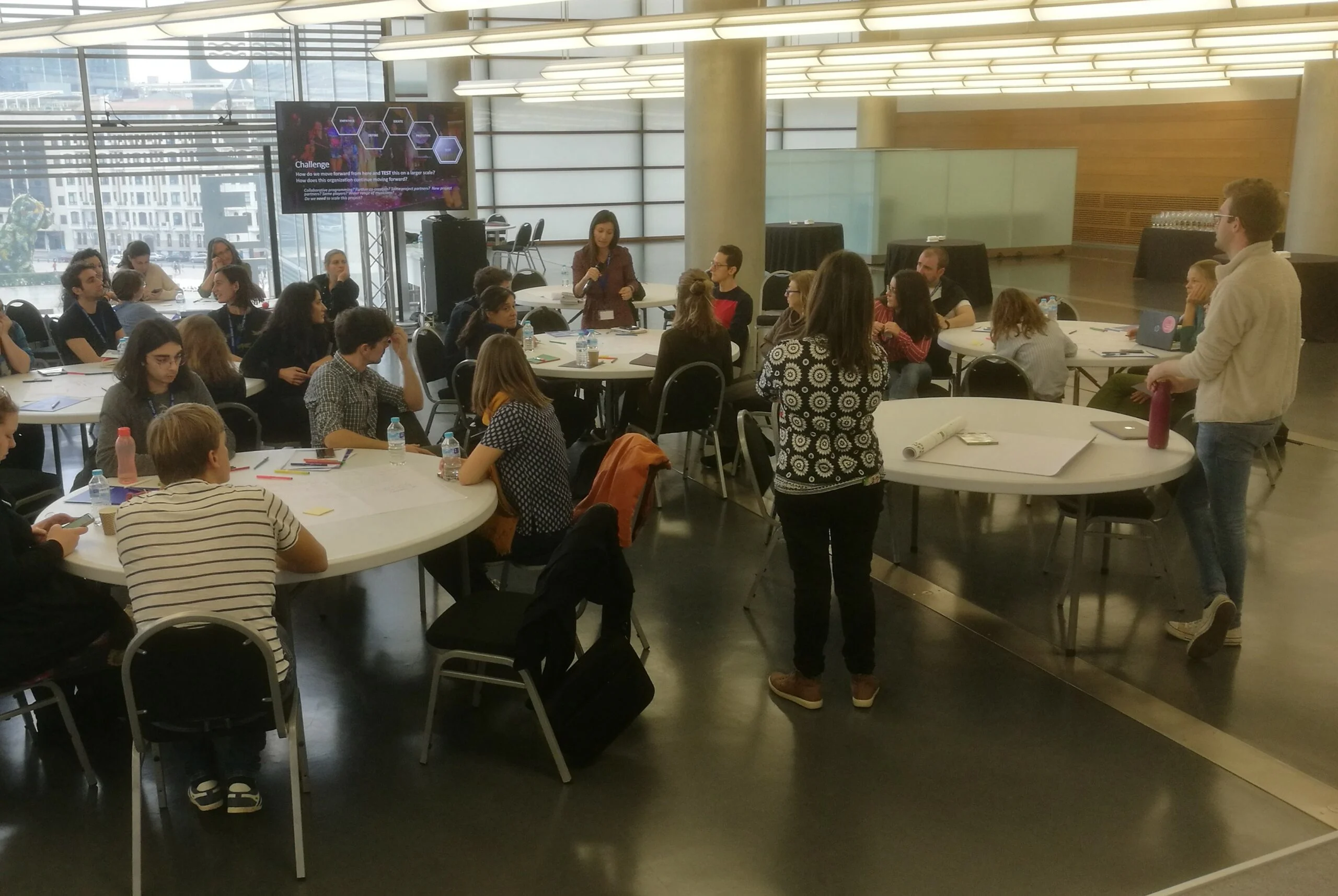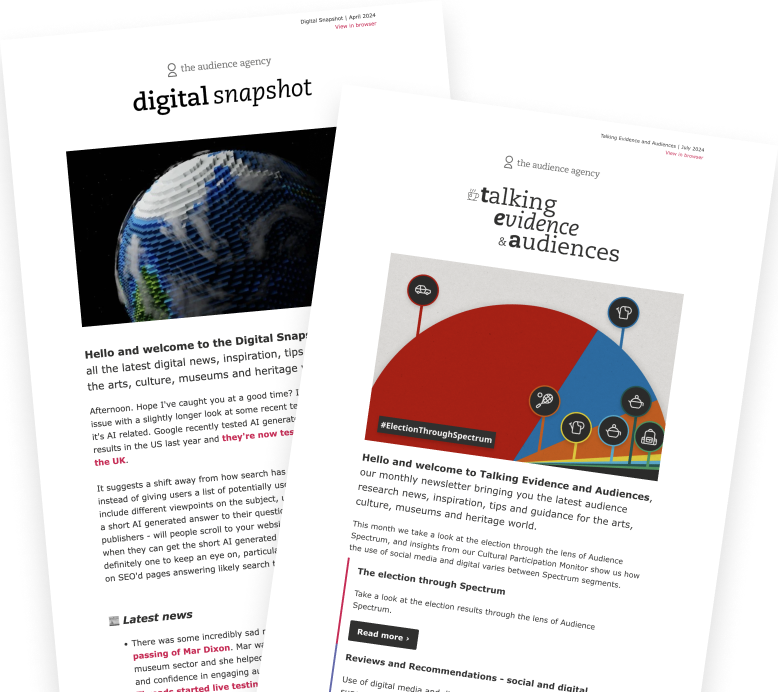It’s 35 years since the first reference to ‘audience development’ appeared in a short paper for Arts Council England. Written at a time when arts managerialism and new professional silos were emerging, author Rick Rogers suggested that lasting and significant growth in audiences and greater democratisation would demand a joined-up approach, across marketing, education and programming/curation.
35 years on, I think we can definitively say he wasn’t wrong. The concept of audience development as a holistic, strategic function has spread across the world and taken root in cultural organisations with a strong civic purpose and commitment to their community and local economy.
Cause for celebration?
But should we be celebrating? While some organisations have embraced this way of working, others are struggling. Standstill resources, streamlined roles, hand-to-mouth planning are all affecting their investment in growing audiences and engaging their communities.
This is a false economy. The case for audience development has never been stronger, as organisations strive to create experiences which are as compelling and relevant as they are financially sustainable.
Consider too that consistent audience development is a vital aspect of building bridges, loyalty and value in an organisation’s neighbourhood.
The case for audience development
This said, our Guide to Audience Development is still the most downloaded resource from our website. It recognises audience development as an organisation-wide process “widening already active audiences and deepening their experiences… [while also] addressing new audiences”.
That is now the orthodox definition (see the European Union’s 2017 Study On Audience Development [1]). It clearly differentiates audience development from one-off projects, campaigns or outreach activities by emphasising the importance of relationship or habit development over time.
Golden rules
The guide stresses key characteristics:
- Audience/ participant-centred: putting their needs at the centre, from mission to programming planning, communications and operations. It also means clearly tailoring activity to different needs and interests of different audiences, or segments.
- Organisation-wide: an audience development strategy is ideally a framework for whole organisations, in which everyone understands their individual role but is able to pull together as a team.
- Evidence-based: it rests on sound information about current and potential audiences – not just how many, who and where they are, but what excites and engages them.
Based on our real-world experience of what works with many cultural organisations large and small, the current guide also offers a straightforward walk-through the linear steps needed to create and implement an audience development plan that aligns with these principles.
Audience development 2.0
But since the guide was originally published, our thinking and practice has expanded, driven by two important insights.
Firstly, audience development is a whole lot messier than the guide makes out. Many organisations struggle to work within the traditional ‘waterfall’ planning model.
Even those who create a good plan, often leave it on the shelf, forgetting about it once a consultant has moved on, or until the next funding round looms. Ideas don’t always work out, new intel emerges, resources change, staff move on, new opportunities appear.
Secondly, organisations who were truly successful in reaching new and different audiences were not (only) applying traditional, marketing- or education-based approaches, they were working in more co-creative, community embedded ways at odds with waterfall planning.
More iterative and people centred
With these thoughts in mind, we wanted to integrate more iterative user- and participant-centred practices into the way we define and support audience development.
We went back to the seminal early ‘00s research: Not for the likes of You [2]which identified the behaviours of organisations that had succeeded in building sustainably broader audiences.
20 years on, we recognise them as the processes of Human Centred Design. We also recognised that many organisations have gone far beyond, absorbing co-creative and social design methods into their practice.
Action research
This thinking framed collaborative research working with a European consortium of like-minded colleagues. Over a six-year period, we worked with over 70 organisations across Europe (inc. €3m Creative Europe Adeste Plus project). Together, we road-tested a new hybrid approach to audience development, incorporating elements of human-centred service design.
A generative cycle
What we learned shaped the blueprint for audience development we now use in our work with and for organisations. It rests on the same golden rules but encourages flexibility, experimentation, iterative learning, and critically, collaboration in and outside the organisation.
Less linear plan, more a generative cycle, it anticipates to-and-fro and relies on a task group to collect and review incoming intel, assess progress and adjust plans across four rolling phases.
Discover: exploring and reviewing where are you now, where you want to get to, who your audiences are, who you want them to be.
Define: making decisions, prioritising user-groups or segments and defining what they need.
Develop: designing and testing new experiences for key user-groups/chosen segments.
Deliver: putting ideas into practice, reviewing and optimising or changing your approach.
It is supported by a suite of simple and adaptable framings for each stage.

A new blueprint
In many ways it reflects The Audience Agency’s own journey into a more interdisciplinary, hybrid way of working: helping organisations to adapt in a people-centred and evidence-based way.
Nowadays, we combine not just audience research and data analysis, marketing and education – but co-creation, formative evaluation, peer learning, action-research, citizen engagement, place-making and digital transformation – all in pursuit of more depth and breadth of cultural engagement.
We plan to share some of our frameworks, reflecting our research and work with organisations in the UK and internationally, in the third edition of the Guide to Audience Development to be published later this year. A collaborative learning programme will follow.
As part of this, we hope to celebrate case studies from other organisations working in similar ways. If you have stories to share, would like to be involved, or to commission our support, please do get in touch.
News of all new resources and learning opportunities including our annual Let’s Get Real conference, can be found at theaudienceagency.org or by joining our mailing list.
_______________________________
This article was originally published on Arts Professional on 24 June 2025.



